
Ah, the perfect cup of java. Whether getting one to go or lingering over a second cup, on September 29 be sure to observe National Coffee Day! According to an expert cupper (a professional taster), there are four components of a perfect cup: aroma, body, acidity, and flavor.
Last month we talked about some of the top coffee makers you could find on our marketplace. There are a few techniques that can immediately improve the quality of your black gold, no matter how fancy (or basic) your machine is.
So, here are five tips for making your drip coffee taste a whole lot better!
1. Buy fresh, whole beans
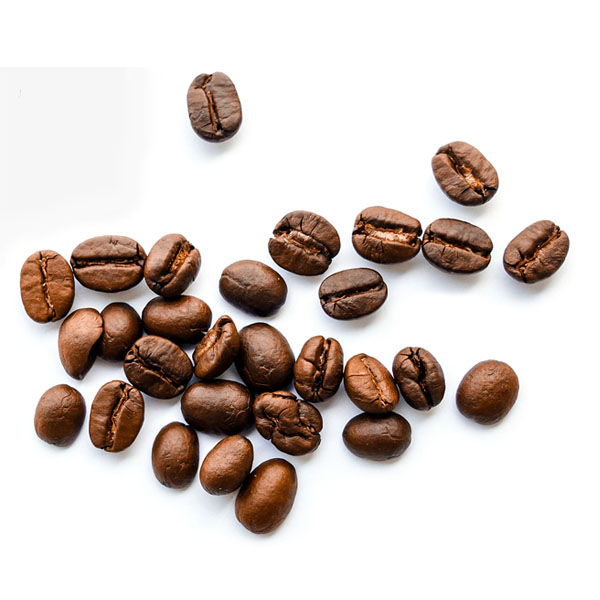 If you’re buying bags of pre-ground stuff, you’re doing it wrong. Instead, start with fresh, whole beans. Coffee reaches its peak flavor just days after it has been roasted and should be consumed within a month of its roast date.
If you’re buying bags of pre-ground stuff, you’re doing it wrong. Instead, start with fresh, whole beans. Coffee reaches its peak flavor just days after it has been roasted and should be consumed within a month of its roast date.
To find fresh beans, check local coffee shops. Some roast on the spot or source from local roasters who roast in smaller batches, which typically means fresher coffee.
2. Properly store beans
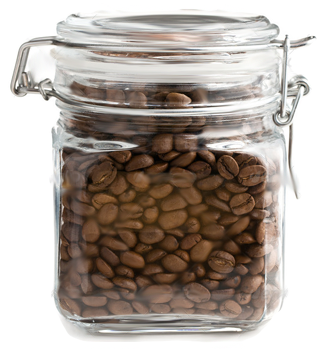
To keep the coffee you buy fresh for longer, make sure you’re storing it properly. While a vacuum-sealed container with a one-way valve is recommended by many, a standard Mason jar will suffice for most people.
As you work your way through the bag, you can downsize the jar to a pint-sized one, or even use 4-ounce jelly jars to store pre-weighed servings.
3. How and when you grind matters
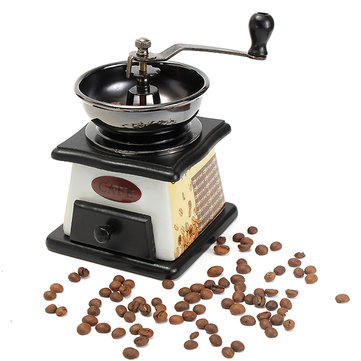 Experts say coffee begins to lose its flavor within 30 minutes of being ground. This being the case, it’s best to grind on the spot, just before brewing a pot.
Experts say coffee begins to lose its flavor within 30 minutes of being ground. This being the case, it’s best to grind on the spot, just before brewing a pot.
Grind size and consistency matter quite a bit, as well. Grind too coarse and you will have a weak pot. Grind too fine and you will over-extract the coffee and it will taste bitter. Most drip makers call for a medium to medium-fine grind.
4. The right way to measure
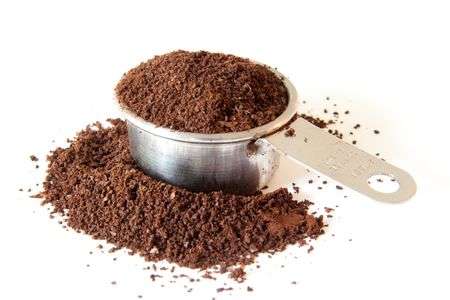 Making better brew is all about eliminating variables, and one way to do that is to use the same amount of coffee per unit of water each time you brew.
Making better brew is all about eliminating variables, and one way to do that is to use the same amount of coffee per unit of water each time you brew.
Ideally, a ratio of 1:20 (that’s one part coffee to 20 parts water, or about 7.5g of coffee to 150mL of water) makes a fairly strong cup. That said, some people go as high as 1:14 or as low as 1:30. It’s up to you to decide what tastes best, which is much easier to replicate once you remove all the guesswork.
5. Use the right water
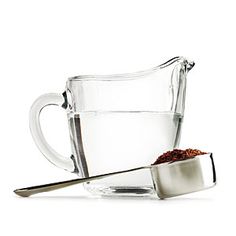 The quality of the water you use is another often overlooked aspect of brewing. Using hard water that’s full of minerals won’t bond well with the dissolved particulates from the coffee, leading to an under-extracted, weak cup.
The quality of the water you use is another often overlooked aspect of brewing. Using hard water that’s full of minerals won’t bond well with the dissolved particulates from the coffee, leading to an under-extracted, weak cup.
On the other hand, heavily filtered or distilled water can be just as destructive for your equipment. While it doesn’t cause as much buildup, with more room for bonds, distilled water can easily lead to over-extraction.
You want water that’s roughly in the middle of the spectrum, with a mineral balance of approximately 150 parts per million. For the casual drinker, lightly filtered water (from a water filter pitcher or a refrigerator’s filtered water) will suffice.
